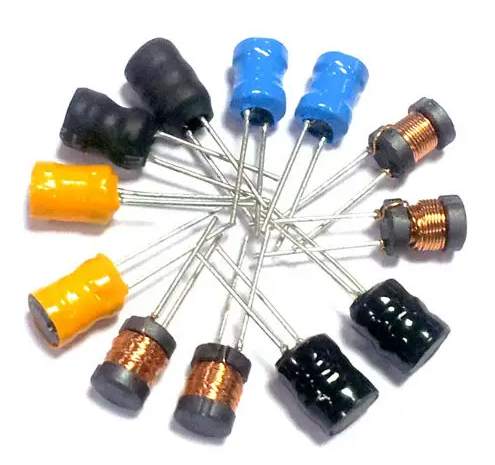In the vast world of electronic components, the bifilar parallel-wound inductor stands out. Its pivotal role in enhancing the stability and efficiency of power supplies has garnered widespread acclaim. Yet, its propensity for overheating remains a hot topic, sparking discussions far and wide. The heart of the matter lies in the current's influence. As current flows, it unfurls heat, a direct consequence of resistive loss within the coil's embrace. This becomes particularly problematic when currents swell beyond designed limits or persist in an overloaded state, leading to a noticeable uptick in temperature. A judicious approach to current management, aimed at circumventing prolonged overloads, emerges as a pivotal strategy in keeping temperatures at bay.
Equally critical is the choice of material from which the inductor is crafted. Subpar materials falter under the strain of thermal demands, predisposing the inductor to overheating. In contrast, premium materials not only elevate performance but also serve as a bulwark against the thermal ascent due to material inadequacies.

The blueprint of the inductor itself casts a long shadow over its thermal comportment. A design that flirts with imbalance may hinder heat from finding its escape, culminating in unwelcome thermal peaks. Thus, the quest for thermal equilibrium beckons a reimagining of the inductor's architecture. An optimized coil layout, coupled with cutting-edge heat dissipation techniques, holds the key to unlocking a cooler future for bifilar parallel-wound inductors.
In weaving together shorter insights with the tapestry of more elaborate explanations, this exploration not only illuminates the intricacies behind the high temperatures in double-wire parallel-wound inductors but also charts a path towards mitigating this challenge through thoughtful control, material selection, and design innovation.
